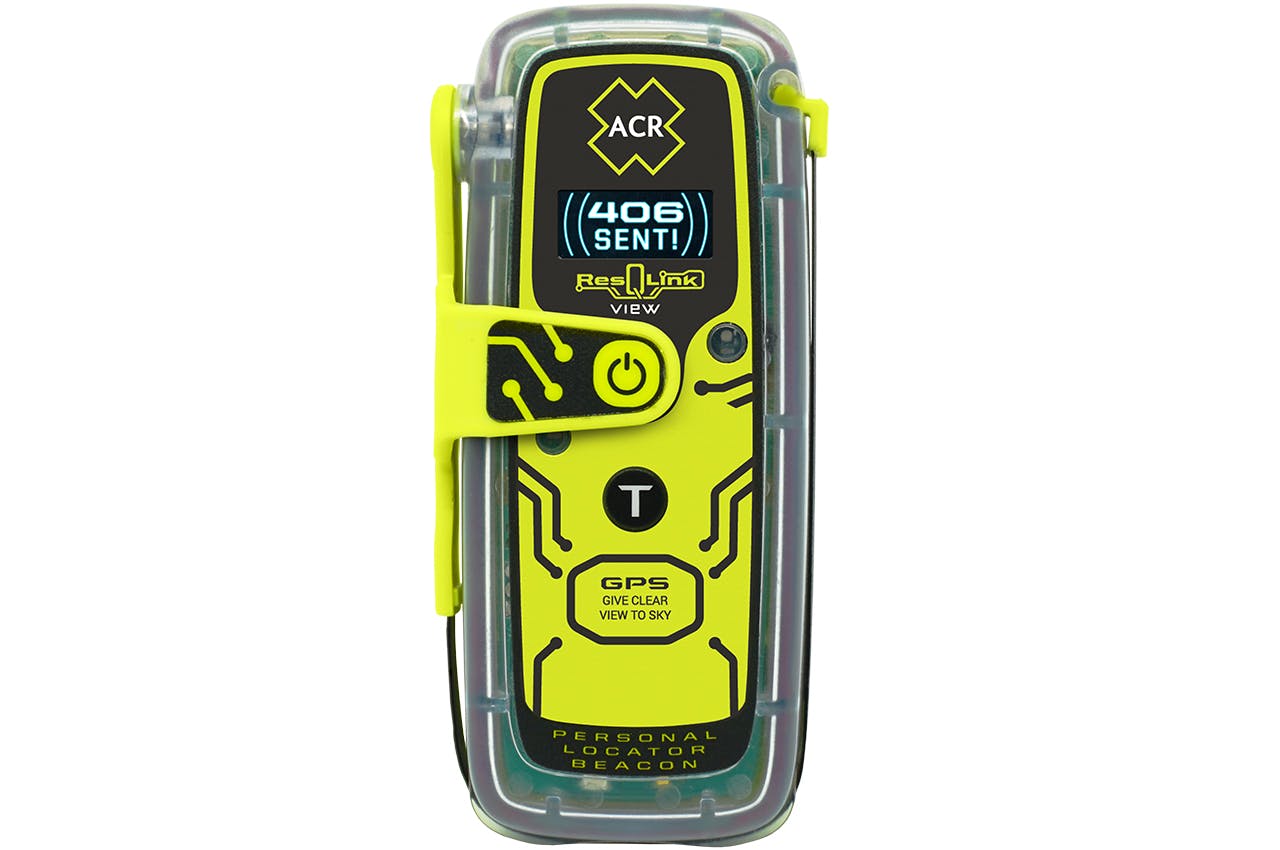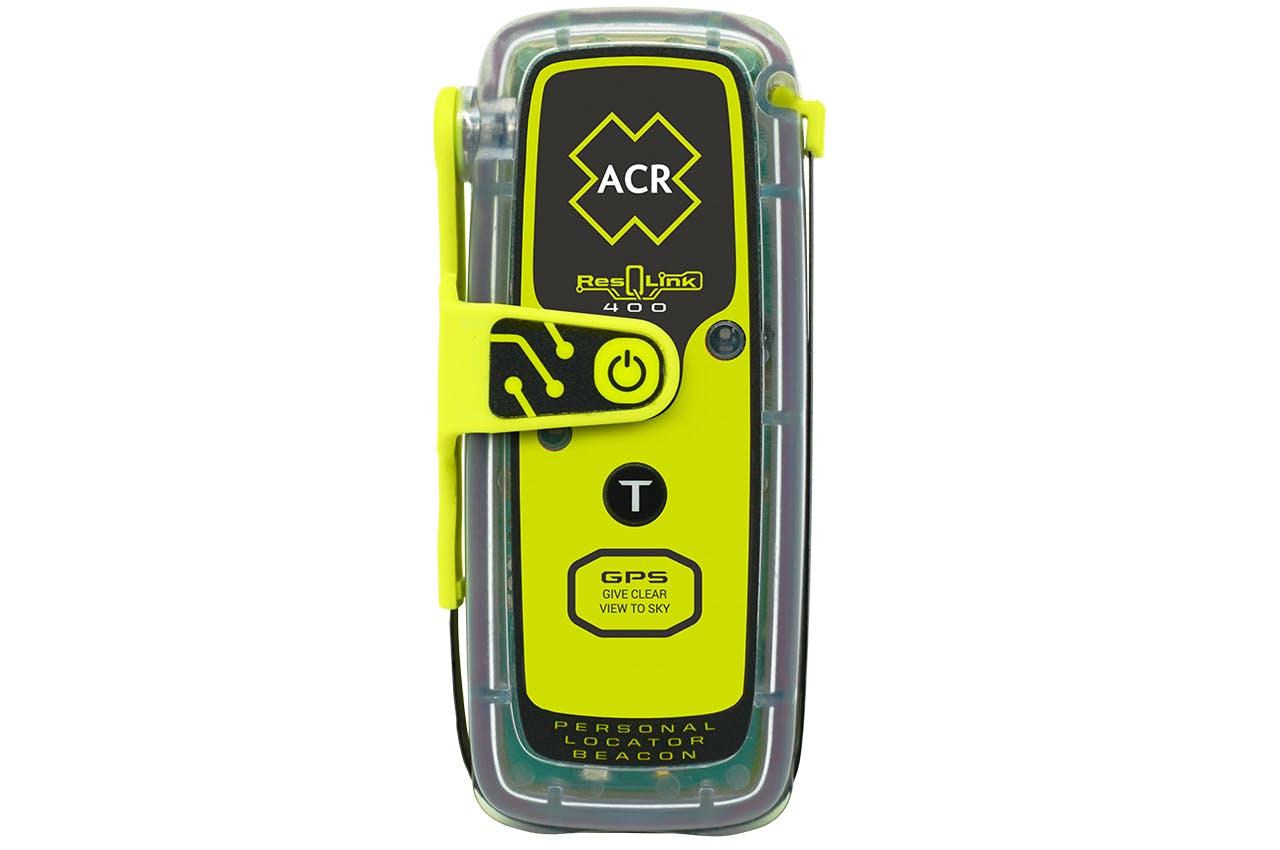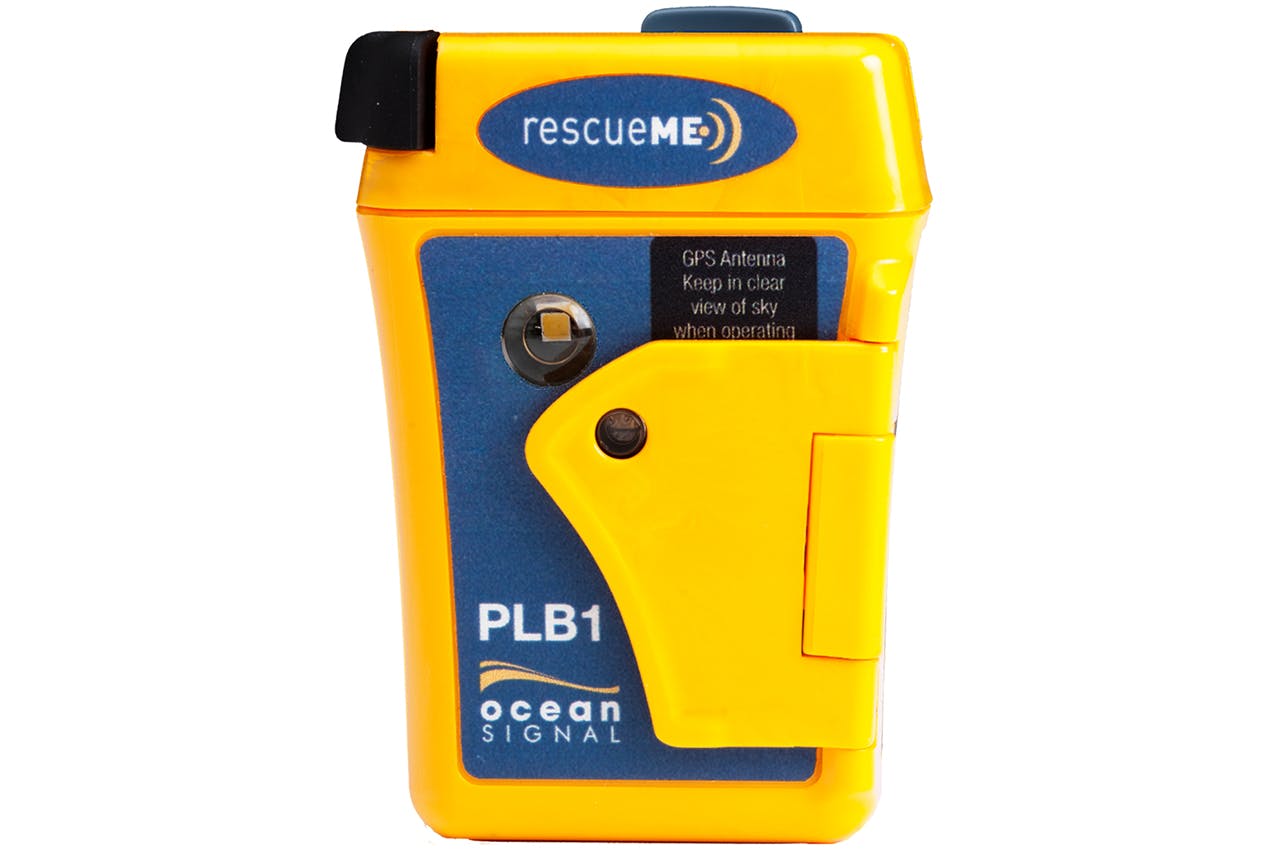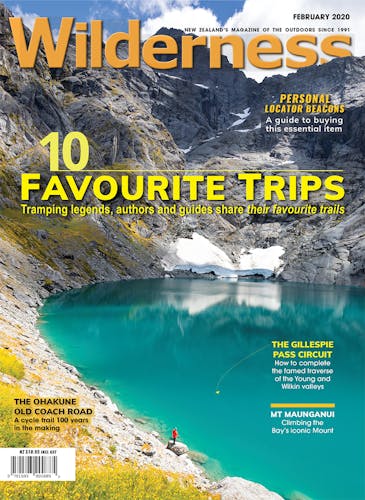A PLB takes the ‘search’ out of search and rescue and offers peace of mind to loved ones. Carry one on every trip – no matter its duration or difficulty. Here’s all you need to know.
GPS and 406MHz
All modern beacons transmit a 406MHz signal, but some also transmit the older 121.5MHz signal to help searchers home in on your location once they arrive in the vicinity. Your chosen PLB should also be GPS-enabled so it can send your exact location to searchers.
How they work
Within a few minutes of a PLB being activated, the signal is picked up by a satellite and sent to the Rescue Coordination Centre New Zealand (RCCNZ), which uses the data to determine the exact location of the beacon. RCCNZ will then contact the people listed on the beacon’s registration details to determine such things as your intentions, the number of people in your party, and the equipment you have with you. When the position has been determined, RCCNZ will launch a search and rescue operation.
Read more: How to carry your PLB.
When to activate?
Distress beacons should be used in life-threatening situations and where self-rescue is not possible. RCCNZ advise people to err on the side of caution and to activate their PLB with plenty of daylight as it’s easier and more convenient to search during the day than in the middle of the night. Once activated, keep the beacon turned on and in one place (if possible, find a clearing and remain there until help arrives).
Types of beacons
Most beacons work as an emergency device only – sending a signal when you need help. Some models, called satellite messengers, allow users to send messages and may be able to receive text messages and link to social media accounts so others can follow your progress. The major drawback of these devices is that they operate on a subscription service often requiring a yearlong commitment.
Read more: What to do once you’ve activated your PLB.
Registration
It is a legal requirement to register your PLB with the RCCNZ. There is no charge to do this and once completed, your PLB’s distress signal will be linked to your personal information – name, address, emergency contact phone numbers, any medical conditions – that can offer clues to your specific needs as well as speed the rescue response time.
Satellites
All modern PLBs send a signal on a dedicated 406MHz frequency which is received by any number of COSPAS SARSAT satellites – approximately 54 satellites in low-altitude, medium-altitude and geostationary orbit above Earth. This system is set to become more accurate as around 70 medium-altitude satellites are added to the system in the next few years, replacing the low-altitude and geostationary satellites. These orbit earth at an altitude of around 22,000km and provide much wider coverage.
Read more: Frequently asked questions – who should carry the PLB, where should you carry it, and more.

ACR ResQlink View $699.99
Built-in buoyancy, digital display providing live status and GPS coordinates, 406MHz and 121.5MHz transmission, strobe and infrared strobe, global coverage, five-year battery life, 28 hours operational life, ACR skins for beacon customisation. 148g. www.hutchwilco.co.nz

ACR ResQlink 400 $549.99
Built-in buoyancy, strobe and infrared strobe, global coverage, 406MHz and 121.5MHz transmission, five-year battery life, 24+ hours operation, multi-function clip system. 148g. www.hutchwilco.co.nz

Ocean Signal rescueMe PLB1 $529
Single-handed operation, 406MHz and 121.5MHz transmission, seven-year battery life, seven-year warranty, 66 channel GPS, minimum 24hr operation, flotation pouch, mounting clip, bright strobe light. 116g. www.rescueme.co.nz
![]()
KTI Safety Alert $339
Salt water corrosion resistant, self-buoyant, high-intensity LED strobe, impact-resistant case and retention lanyard, mirror, 10-year battery life, 66 channel GPS, 406MHz and 121.5MHz transmission. 140g. www.safetybeacons.co.nz
PLB Tips
→ Keep your PLB securely on your person, rather than in your pack.
→ Ensure everyone in your party knows where the beacon is and how to operate it.
→ When possible, have more than one PLB in your tramping group (though only activate one beacon during an emergency).
→ Make sure your PLB is waterproof and can float (or comes with a flotation device).







